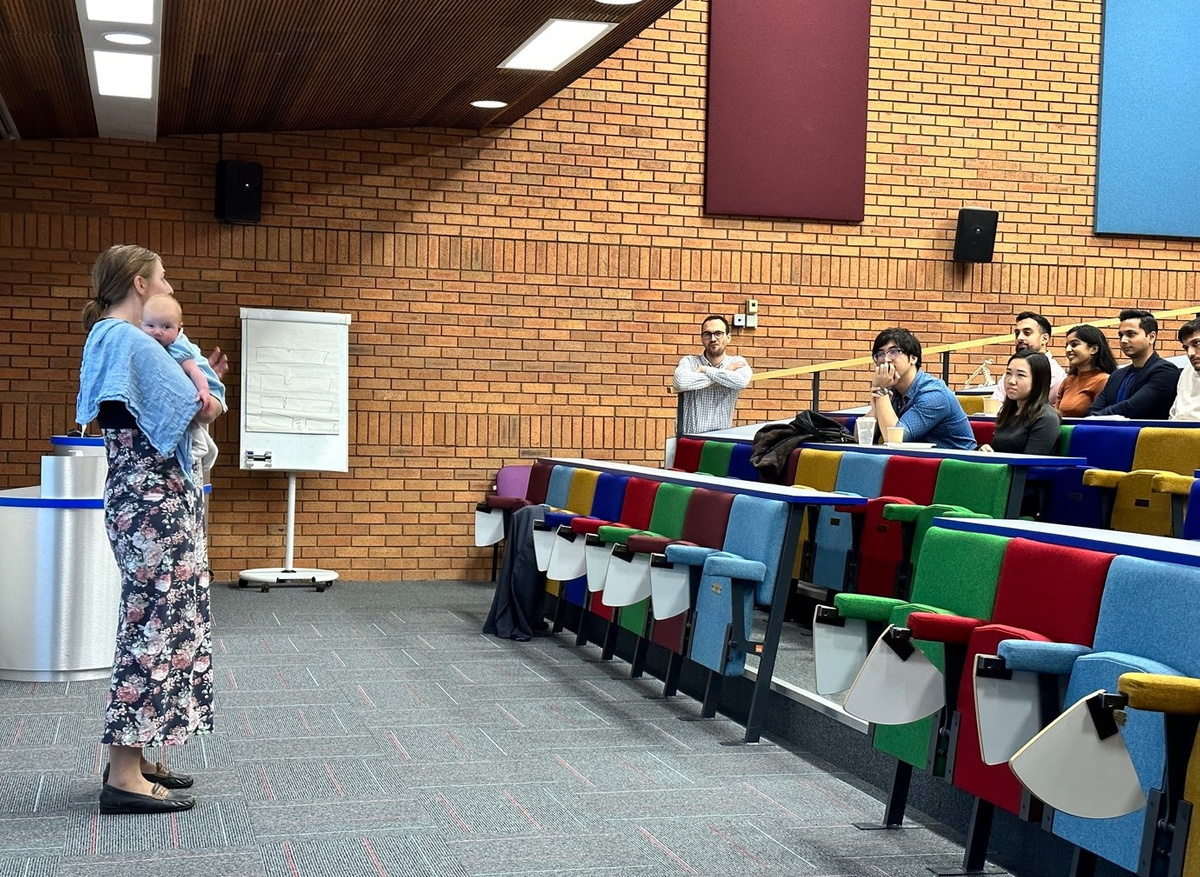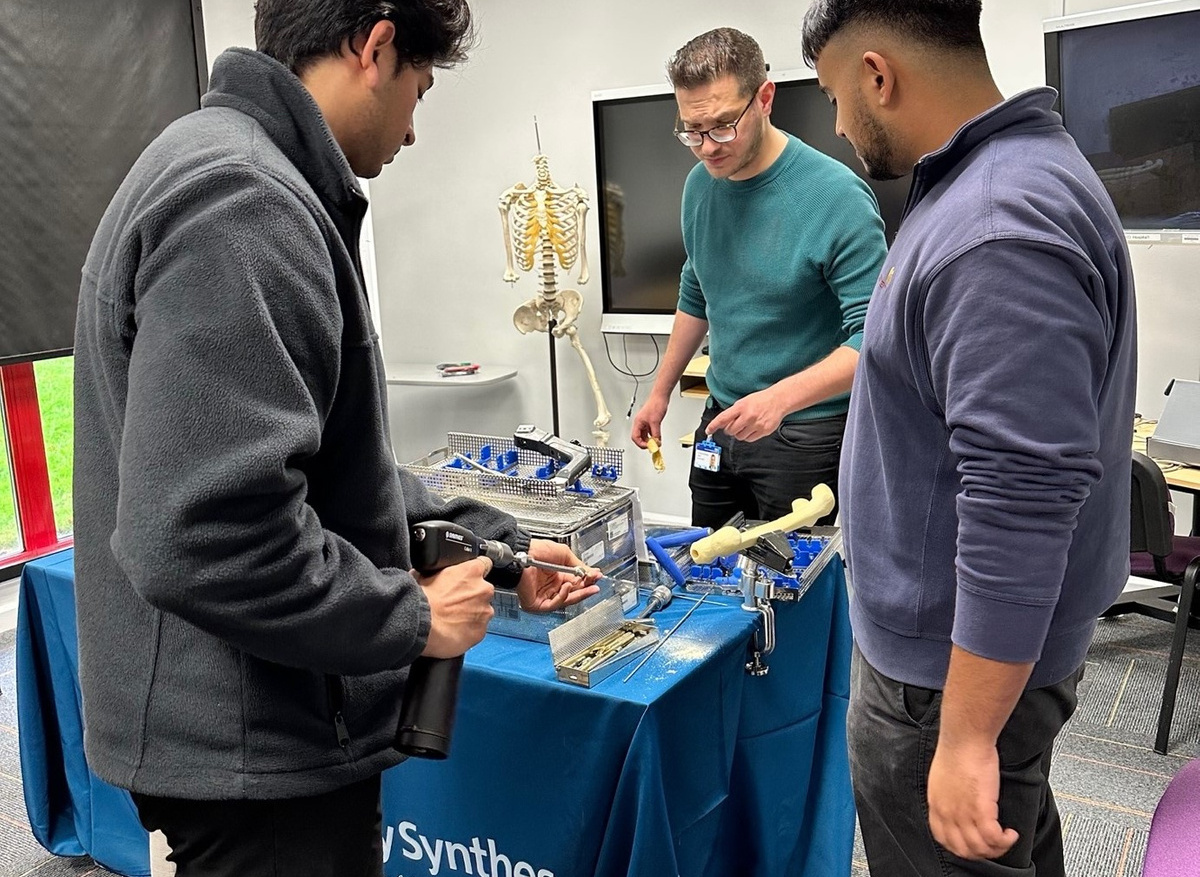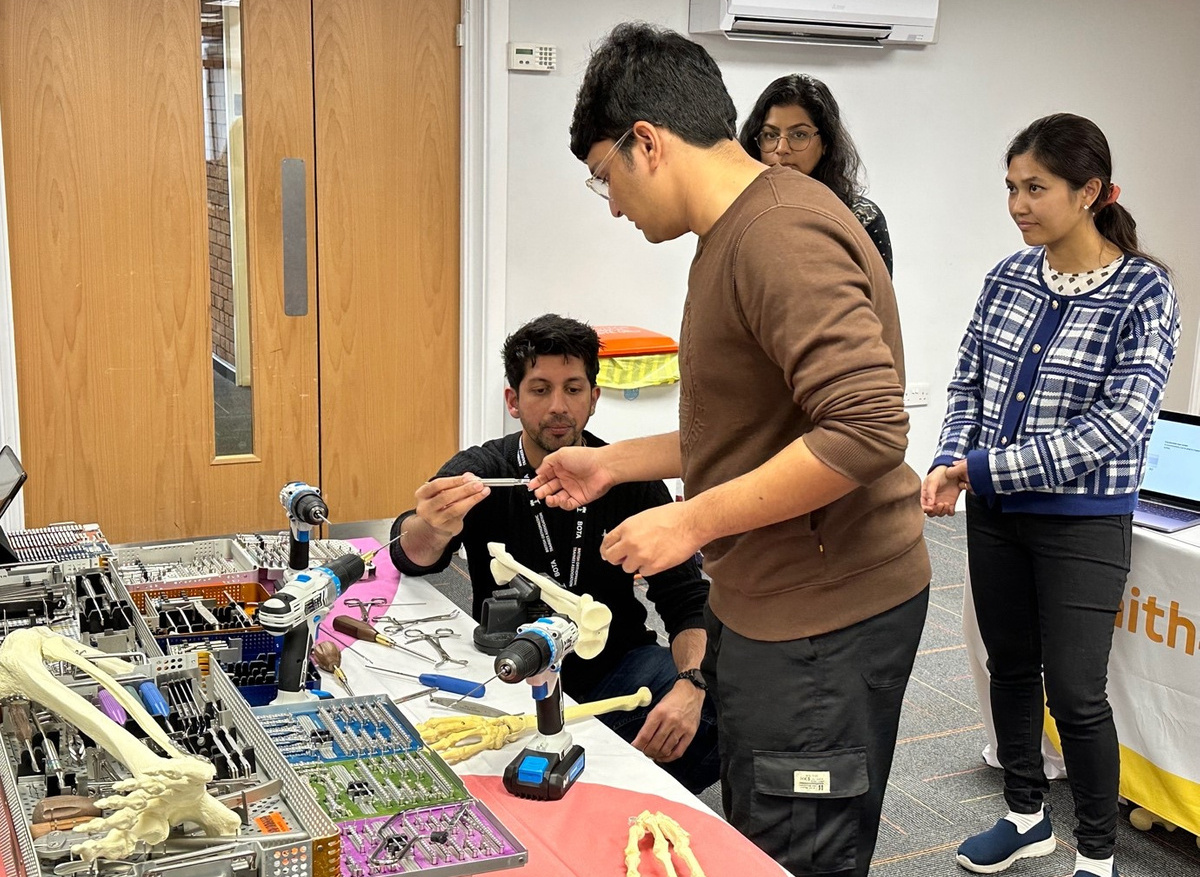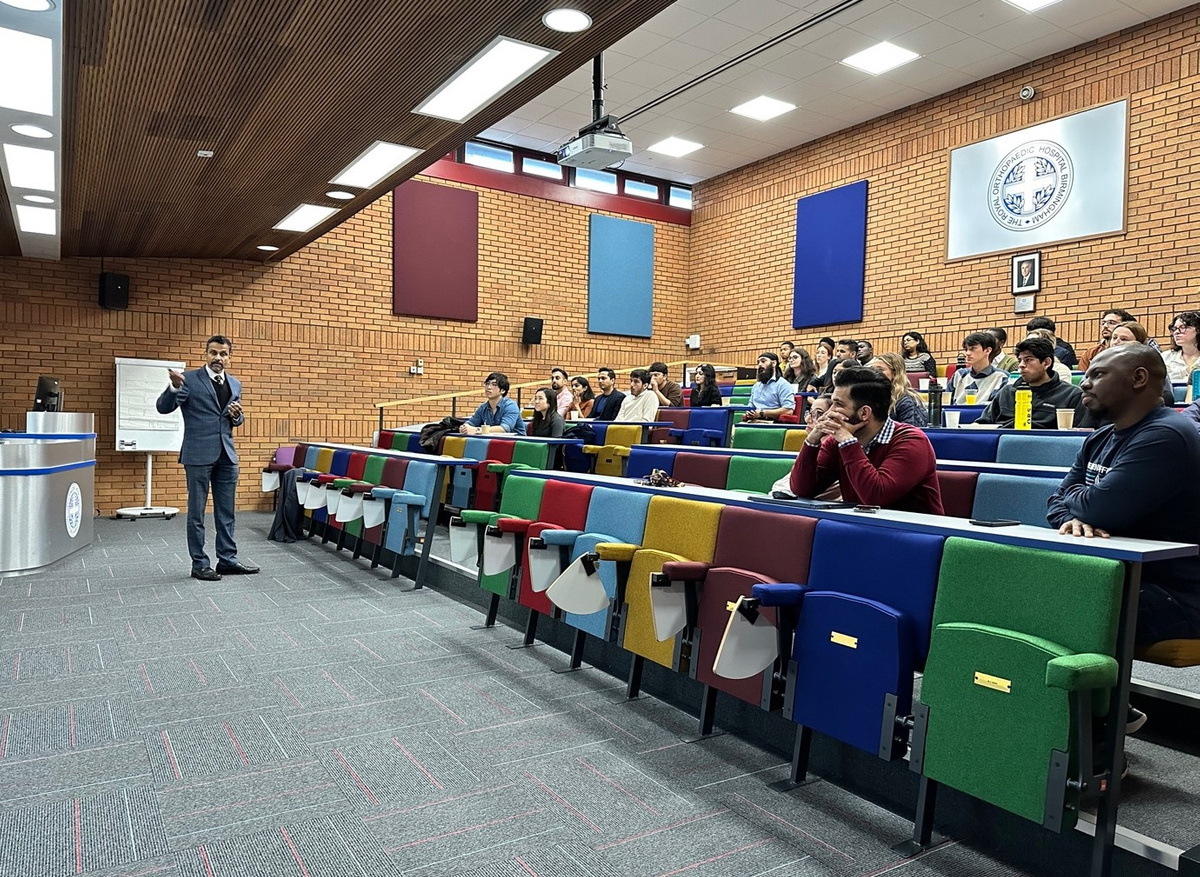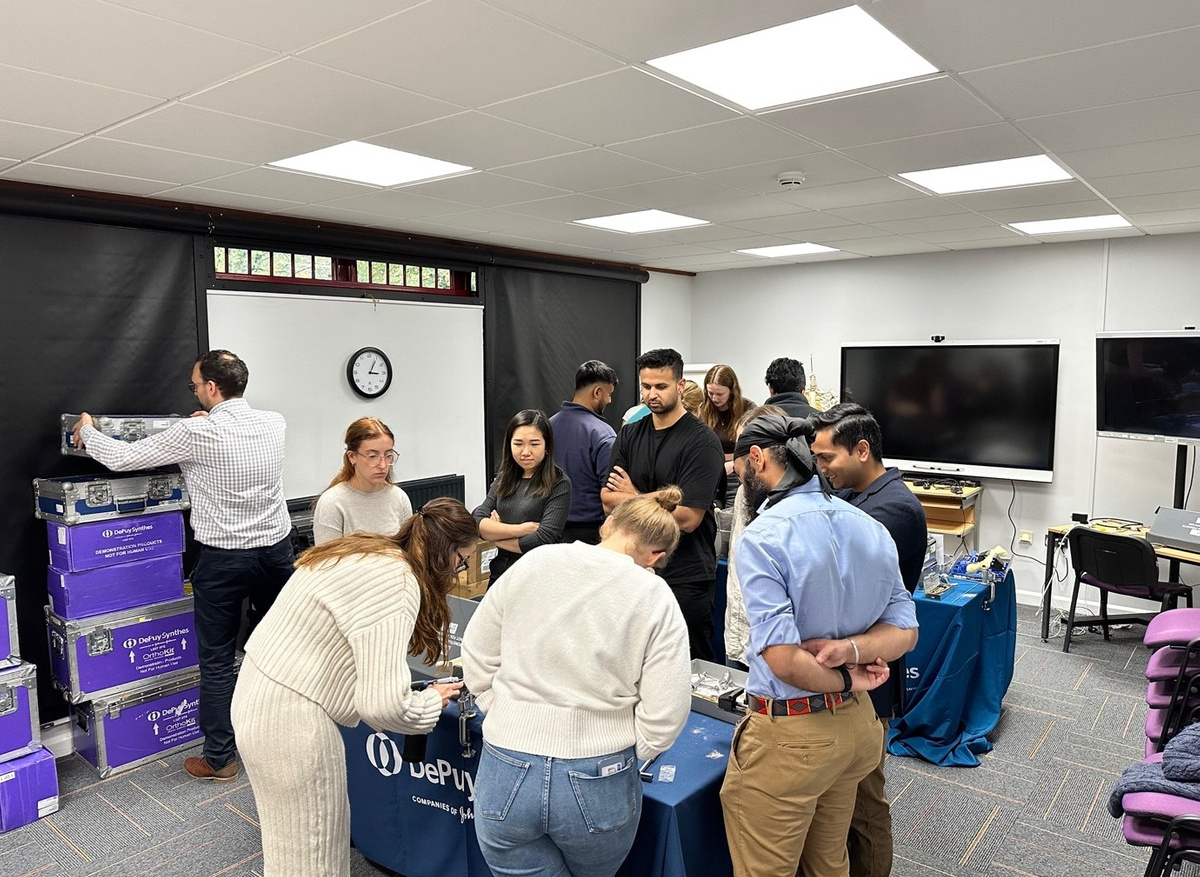Organising an orthopaedic careers event: Our experience
By Dan Thurstona and Sabri Bleiblehb, on behalf of the Birmingham Orthopaedic Network
aST8 Orthopaedic Registrar in Birmingham
bPost CCT Sports & Reconstructive Knee Fellow at University Hospitals of Leicester NHS Trust
Introduction
Trauma & Orthopaedic Surgery remains a competitive specialty in the UK, with a competition ratio of 3:1 in 20231. Despite this however, medical student exposure to the specialty is declining, with most students only receiving a two- or three-week placement in trauma & orthopaedics2 throughout their entire medical school journey. Moreover, it is well documented that there is a lack of diversity within orthopaedic surgery in the UK, with less than 25% of orthopaedic trainees and only 7% of orthopaedic consultants being female3. A cross-sectional study of medical students found that, despite female students being equally as likely as their male counterparts to consider a career in orthopaedics early on, perceptions regarding gender distribution, negative culture & stereotypes, and poor work-life balance were all cited as common off-putting factors4.
The Birmingham Orthopaedic Network (BON) is a regional, trainee-led collaborative designed to promote research, education, and training within the orthopaedic community. As the education arm for BON, one of our key aims is to promote diversity and encourage more medical students to consider a career in T&O. To that end, in October 2023 we established a regional T&O careers event for medical students and foundation doctors. The principal objective was to encourage engagement, lend some insights into our specialty, and try to address any negative perceptions, in order to allow attendees to make more informed choices when eventually selecting a specialty. The event was well-received by the students and senior consultants, and we would like to share our experiences in the hopes that other regions may wish to establish similar events.
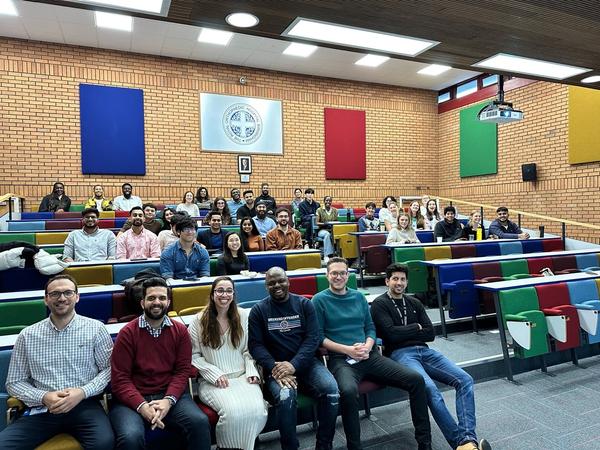
Careers event design
Step one: Formulate a programme
Decide what you want the day to involve, and what you want to cover.
Top tips: We didn’t want attendees falling asleep in a lecture theatre all day, so we decided on a mixture of informative talks and practical workshops would be the best way to engage interest. Our programme can be found in Table 1.
|
Registration |
||
|
09:00 |
The Orthopaedic Training Programme |
Mr K Baloch |
|
09:15 |
Innovation in Orthopaedics |
Mr J Pagkalos |
|
09:30 |
Addressing Orthopaedic Stereotypes |
Ms G Smith |
|
09:45 |
CV building in T&O |
Mr S Evans |
|
10:00 |
Research in Orthopaedics |
Mr J Stevenson |
|
10:15 |
Work/Life Balance |
Mr S Deshpande |
|
10:30 |
“Why I Chose T&O” |
T&O Registrars |
|
10:45 |
The JCST & ISCP Portfolio |
Ms D Bose |
|
Break |
||
|
11:20 |
Hands |
Mr R Jose |
|
11:30 |
Trauma |
Ms S Wright |
|
11:40 |
Arthroplasty |
Mr J Pagkalos |
|
11:50 |
Shoulder & Elbow |
Mr S Malik |
|
12:00 |
Paediatric Orthopaedics |
Ms J Thomas |
|
12:10 |
Spinal Surgery |
Mr S Hughes |
|
12:20 |
Orthopaedic Oncology |
Prof L Jeys |
|
12:30 |
Foot & Ankle |
Mr B Budair |
|
Lunch |
||
|
13:30 |
Workshop session 1 |
Registrars |
|
Break |
||
|
15:15 |
Workshop session 2 |
Registrars |
|
16:45 |
Closing remarks and feedback |
All |
Step two: Select a venue & date(s)
Find a suitable space to host your event and a couple of potential dates it will be available.
We are very fortunate in our region to have the excellent Knowledge Hub at the Royal Orthopaedic Hospital, in Birmingham. Liaising with the medical education team there, we were able to provisionally secure the venue for a couple of different dates.
Top tips: We would recommend picking a few provisional dates when your venue is available, as anyone who has ever tried to coordinate the calendars of multiple surgeons will know, it’s best to have some flexibility.
Decide early how many attendees you can accommodate and find a venue that will allow enough space for all your planned sessions.
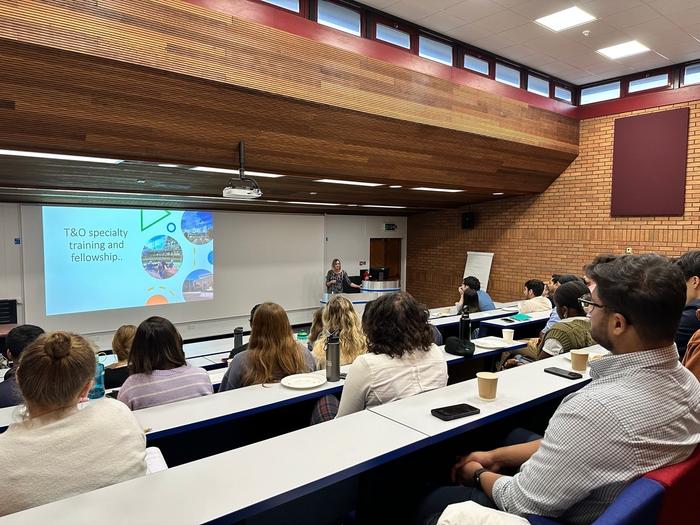
Step three: Recruit speakers
Approach consultants and registrars to help run and support the event.
We identified early on which consultants we felt would be most appropriate to give each talk and approached them to check their availability. We asked each consultant to provide a 10-15 minute presentation on their given topic.
Top tips: We found it very helpful to send out a Microsoft calendar invite to all consultants after agreeing to help and issuing a friendly email reminder a week before the event!
Pitfalls: Inevitably, not everyone will be available on the same date; in our case we were lucky that most who were not available were happy to suggest a colleague who may be, so it’s always best to ask, if a planned speaker is unable to attend.
Step four: Involve industry sponsors
Liaise with company representatives to secure practical skills workshops to demonstrate the variety of procedures involved in T&O.
Top tips: Decide early on if you are running practical sessions, what you want to cover, how much kit will be required, and who may be able to help. We wanted attendees to have the opportunity to handle plating and nailing sawbone stations, as well as basic arthroscopy skills, so approached several companies and were able to secure a variety of different kits.
Depending on who you approach, you may even be able to get support with catering if you ask nicely!
Pitfalls: The majority of practical skills sessions went off without a hitch, the main exception being what we had hoped would be arthroscopy stations; due to a misunderstanding, we thought we were being supplied with equipment that would allow the attendees to practice arthroscopic skills but unfortunately this did not materialise. We would strongly recommend being very clear with whoever you approach about exactly what they are able to provide, and confirming again closer to the event.
Similarly, if an industry sponsor is able to support with catering, we advise to confirm exactly what they are happy to provide. In our case unfortunately there was not enough food for everyone which necessitated a quick call to the local pizzeria to avert disaster.
Step five: Promote the event & confirm places
With everything in place, now is the time to start advertising and fill those spaces.
We wanted to ensure as many medical students and foundation doctors as possible had the opportunity to attend, so reached out to contacts at both of our local medical schools, as well as the education team at HEE West Midlands to ask that a flyer (Figure 1) be emailed out to advertise. We also promoted the event through X (formerly Twitter).
Top tips: It can often take some time for approval to promote external courses to be granted, so we would recommend getting in touch with plenty of time to spare (i.e. at least 8 – 10 weeks) to ensure people don’t miss out by finding out late.
Pitfalls: One of the biggest challenges we faced with organising this event was non-attendance. We quickly filled up all 45 places, with an almost even split of medical students and foundation doctors, and amassed a reserve list of around 10 – 12 students. Unfortunately, around 25% of those who registered did not attend on the day, leaving us with no time to contact those on the reserve list. We would therefore strongly suggest charging a nominal deposit fee which can be returned on confirming registration, to discourage non-attendance.

Figure 1: Birmingham Trauma & Orthopaedic Surgery Careers Fair Flyer
Step six: Running the day
Top tips: On the day of the event, it goes without saying to get an early start to ensure the day runs smoothly. Ideally, your workshop materials will have been delivered a day or two in advance. Always check with your contact if anyone from the company will also be present on the day to help with setup.
Having someone to time-keep and gently move speakers along is helpful to avoid over-running and compromising later sessions.
If you are running practical workshops, it would be beneficial to break your attendees up into pre-determined groups and ensure you have a plan for which group is at which station to keep things running smoothly.
We had several registrars to support the practical skills workshops and ensure the attendees had ample opportunity to network and ask questions.
Step seven: Collecting feedback
We utilised a Google form to create a free feedback template (other brands are available) and used a free QR code generator to create a link to it. The QR code was then displayed at the end of the event during closing remarks.
Top tips: We asked attendees to complete the feedback form in order to receive a certificate of attendance, to try and maximise engagement with feedback. The form had an entry for name to ensure everyone received a certificate, but attendees were reassured that all feedback would be anonymised.
Outcome
Overall, 97% of attendees found the event to be very helpful, and said it made them more likely to consider a career in Trauma & Orthopaedic Surgery. 35% felt that it had not been as well-publicised as it could have been, so for future events, we plan to advertise much further in advance to ensure we reach a wider audience.
The overwhelming majority of attendees commented very positively on the sub-specialty snapshot talks (Hands, Spine, etc), and the CV building lecture, which most agreed were very beneficial. Attendees also remarked favourably on the opportunity to network with orthopaedic consultants and registrars, as well as the practical skills stations.
The most common feedback point we had for improvement was regarding timekeeping, as the sessions did overrun in some cases, cutting into breaks/other sessions, so this is something we will be much more mindful of going forward. Another common theme was the ratio of attendees to registrars supervising the workshops, as some felt they were not clear on what to do. To avoid this, we suggest ideally having one supervisor per workshop station to ensure all attendees feel adequately supported.
Discussion
Our goal in creating the orthopaedic careers fair was to improve students’ and foundation doctors’ ability to make an educated career choice by providing different aspects of the specialty early in their medical training. A concentrated event such as this gives the participants a great opportunity to talk to experienced surgeons in the field, explore the different aspects of the speciality and practice their skills using different orthopaedic tools.
The orthopaedic fair is a novel recruitment event and a valuable tool for students considering a career in Trauma and Orthopaedic Surgery. We hope our experience will encourage others to consider initiating their own careers event in other regions where students and foundation doctors may not have sufficient exposure to orthopaedics. We found it to be a very useful exercise and given the very positive and constructive feedback we received, hopefully a few more trainees will be inclined towards a path in Trauma & Orthopaedic Surgery in the future.
References
- Health Education England. Available at: https://medical.hee.nhs.uk/medical-training-recruitment/medical-specialty-training/competition-ratios/2023-competition-ratios.
- Poacher AT, Bhachoo H, Weston J, Shergill K, Poacher G, Froud J. Undergraduate education of trauma and orthopaedic surgery in the UK: a systematic review. Bone Jt Open. 2022;3(7):549-56.
- Ahmed M, Hamilton LC. Current challenges for women in orthopaedics. Bone Jt Open. 2021;2(10):893-9.
- Hackney R, Robinson PG, Hall A, Brown G, Duckworth AD, Scott CEH. Medical students’ perceptions of and experiences in trauma and orthopaedic surgery: A cross-sectional study. Orthopaedics Online. Available at: www.boa.ac.uk/resource/medical-students-perceptions-of-and-experiences-in-trauma-and-orthopaedic-surgery-a-cross-sectional-study.html.

